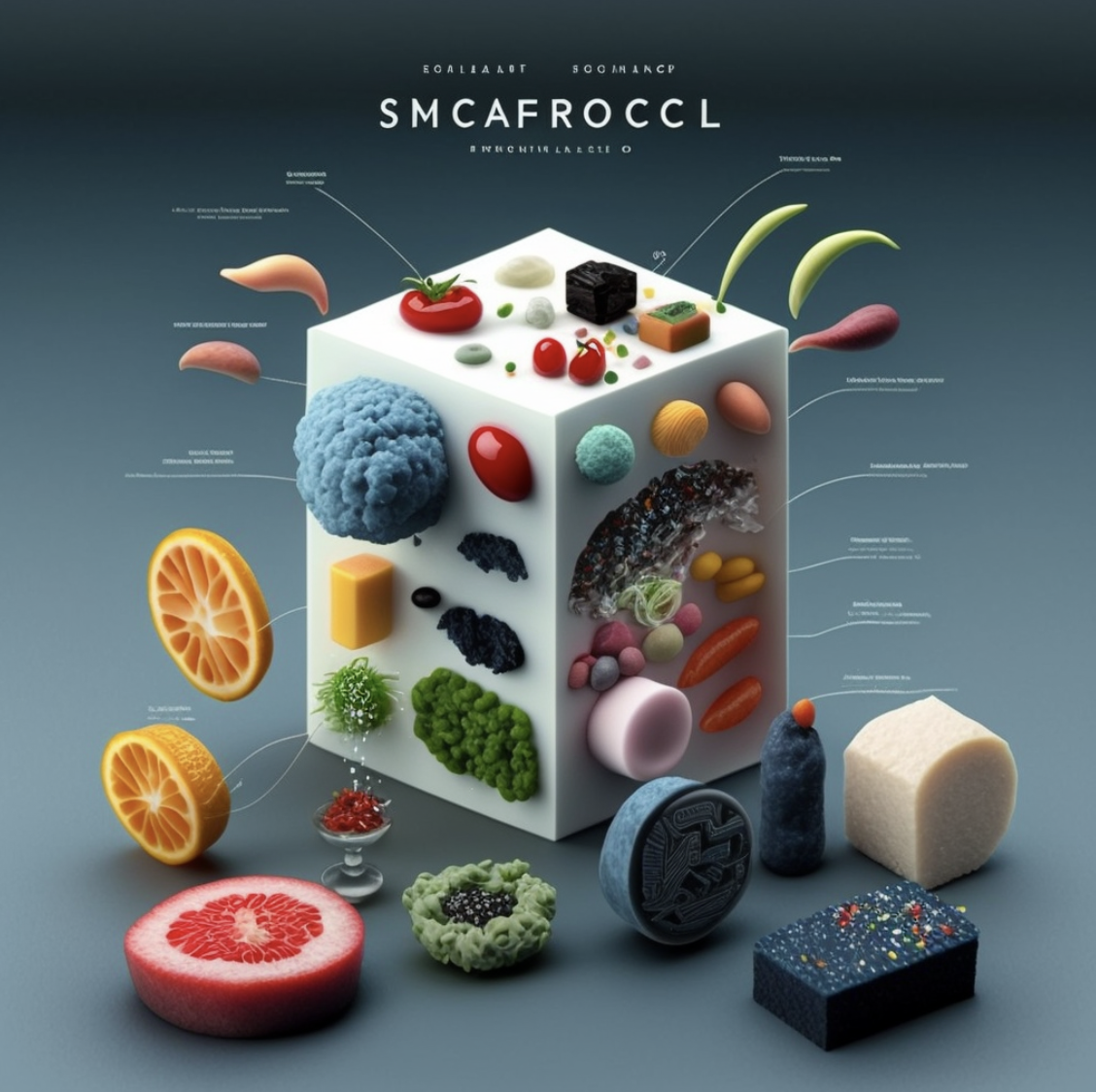Science Behind Food
Glycemic Index
The glycemic index is a food ranking scale of zero to one hundred. It rates how quickly a food is digested, absorbed, and causes our blood sugar levels to rise. Food low on the scale is healthier for your body, preventing insulin resistance and promoting more stable hunger levels throughout the day. High is 70 and above, Moderate is 56-69, and Low is 55 and below. I encourage you to google the food groups you most commonly eat and see how they rank on the glycemic index.
Not All Food Is Made Equally. The Magic Of Reading Nutrition Labels.
Carb
Carbohydrates (carbs) – 4 calories per 1 gram of carb – Carbs are composed of carbon, hydrogen, and oxygen which are neutral compounds.
Carb Loading Phase – Preparing for powerlifting or long-distance endurance events carb loading can improve your performance.
144 hours out – 6 days – 4 grams per kilogram of bodyweight
120-96 hours out – 5-4 days – 4 grams per kilogram of bodyweight
48-72 hours out – 2-3 days – 10 grams per kilogram of bodyweight
24 hours out – 1 day – 10 grams per kilogram of bodyweight
Fat
Triglyceride (fats) – 9 calories per 1 gram of fat - There are different types of fat.
Monounsaturated Fats and Polyunsaturated Fats – Consume within reason. These fats tend not to endanger cholesterol and improve heart health. That does not mean eating tons of these fats or eliminating other fats. Eat a healthy balanced diet. The only fat that you should avoid is trans fats and even then you can typically consume trans fats in moderation safely for many individuals.
Saturated Fats – Consume within reason. The body needs healthy fats but be mindful of eating too much while it will have a negative effect on your cholesterol. Moderation is key.
Trans-Fats – Avoid, trans fats increase your bad cholesterol while lowering your good cholesterol. Typically all you need to do in order to avoid it is read nutrition labels and don’t consume poor-choice foods such as fried food, fast food, pastries, etc. Think whole food vs processed food.
Protein
Protein (complete vs incomplete) – 4 calories per 1 gram of protein. - Protein by definition is amino acids connected by peptide bonds.
There are some forms of protein that have an incomplete amino acid profile. Incomplete protein can not repair a muscle. Comparatively, there’s a complete protein that has a complete amino acid profile. Complete protein can repair a muscle. The goal is to always have a complete amino acid profile. For example – Beef is a complete protein. Rice has protein but is not a complete protein, if you combine rice with beans you create a proper amino acid profile resulting in complete protein. Keep this in mind while tracking your protein intake.
Protein Intake Levels –
Inactive Adult – 0.4g per lb of bodyweight
Endurance Athletes – 0.5-0.6g per 1 lb of bodyweight
Strength Athletes – 0.5-0.8g per 1 lb of bodyweight
Studies show your body can only absorb so much protein at once. You want constant well-rounded nutrition thought out the whole day, 20-30 grams of protein is the maximal digestible protein per meal. If you overeat protein your body will use the excess protein for calories (energy) and not muscle synthesis. A general rule of thumb is roughly every 90 minutes you can eat another 20-30 grams of protein to use for muscle synthesis. This will vary depending on your activity level, age, weight, muscle mass, and unique genetics.

